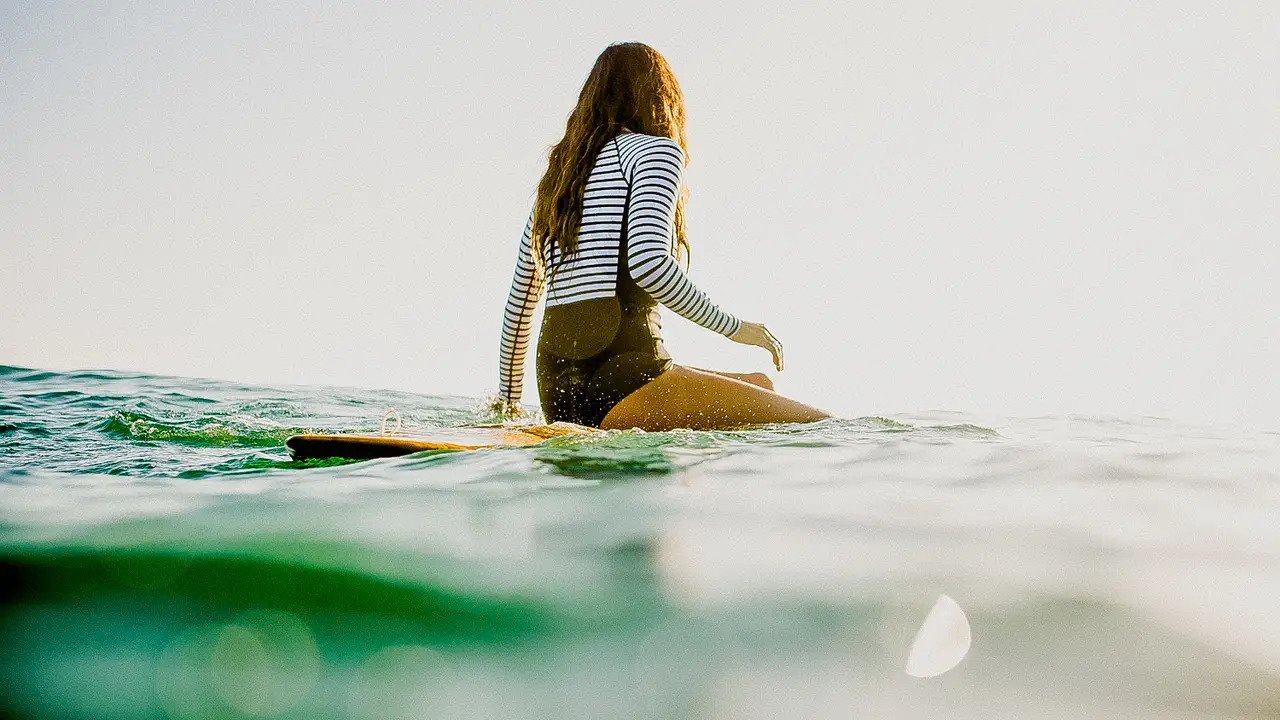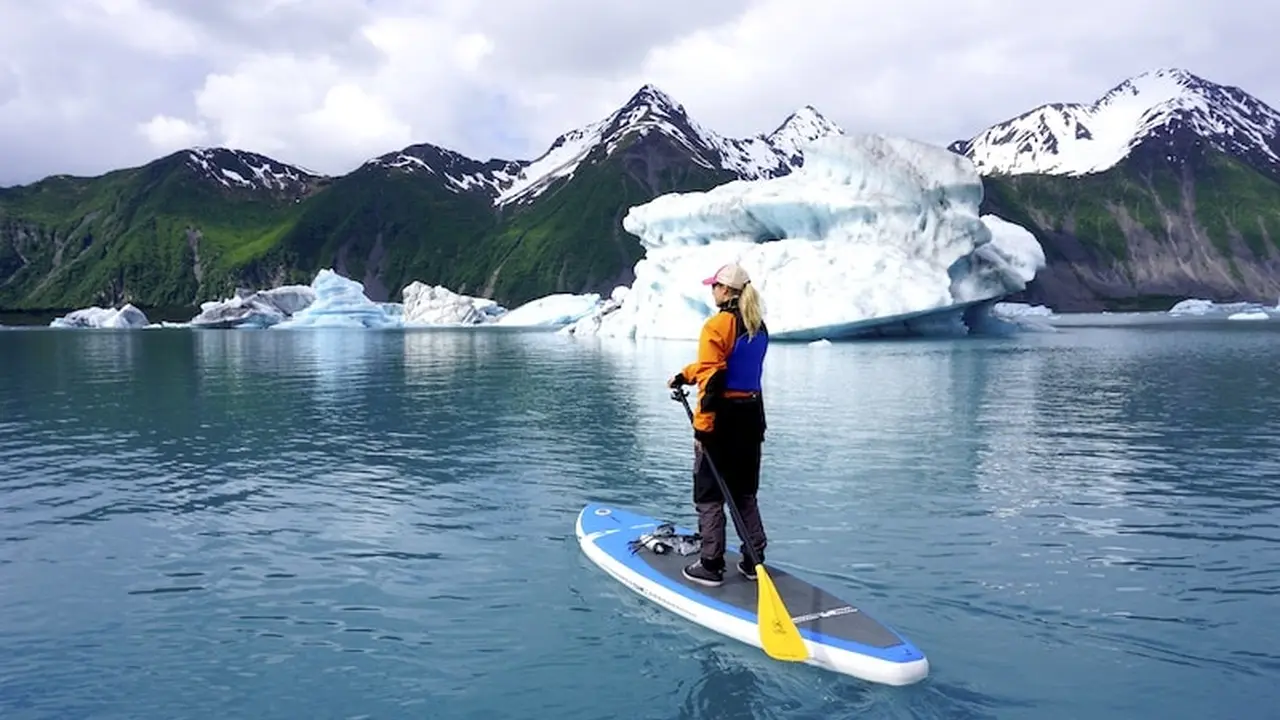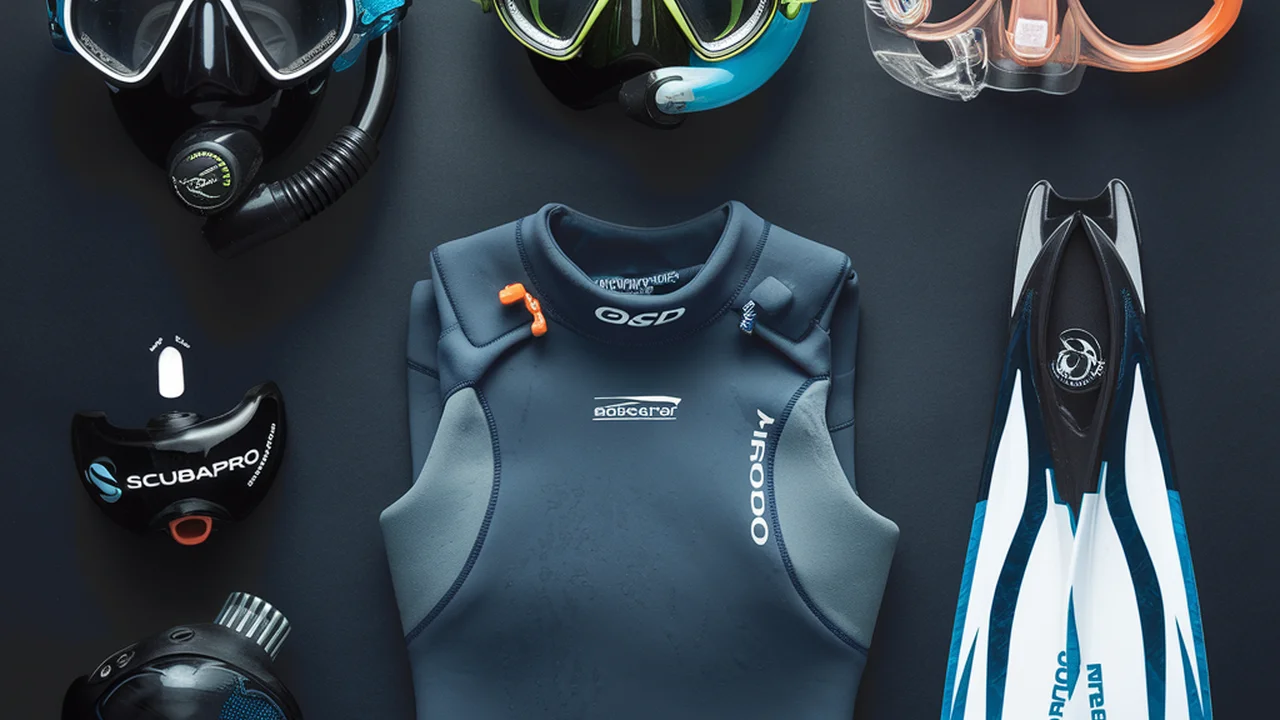SUP Photography Tips for West Coast Waters

Unveiling the Allure of West Coast SUP Photography
The West Coast of North America, with its dramatic coastline, towering forests, and vibrant marine life, offers a breathtaking canvas for stand-up paddleboarding (SUP) photography. From the rugged shores of California to the misty fjords of British Columbia, every paddle stroke unveils a new vista, a new opportunity to capture the essence of this unique environment. But photographing from a SUP presents its own set of challenges and rewards. It's about more than just pointing and shooting; it's about embracing the elements, understanding your gear, and connecting with the natural world in a way that translates into compelling images.
Mastering the Art of SUP Photography Essential Techniques
Before even thinking about camera settings, let’s talk technique. Stability is key. You’re on a moving platform, so your stance and paddling technique directly impact image sharpness. Practice maintaining a low center of gravity, keeping your knees slightly bent and your core engaged. This will help you absorb any wobble and maintain a steady shooting platform.
Next, consider your paddling. Learn to paddle efficiently and smoothly, minimizing unnecessary movements that can disrupt your balance and blur your shots. A smooth, consistent paddle stroke will give you more time to focus on composition and camera settings. Practice using your paddle as a support, bracing it against the water to stabilize yourself before taking a shot. This is especially useful when shooting in choppy conditions.
Composition is just as important on a SUP as it is on land. Think about the rule of thirds, leading lines, and framing to create visually appealing images. Use the natural elements of the West Coast – the cliffs, the trees, the waves – to guide the viewer's eye through your photograph. Don't be afraid to experiment with different angles and perspectives. Get low to the water to emphasize the scale of the landscape, or shoot from a higher vantage point to capture the vastness of the ocean.
Finally, be patient and observant. The best light often occurs during the golden hours of sunrise and sunset. Pay attention to the changing weather conditions and how they affect the light and mood of your photographs. Watch for wildlife – seals, sea otters, birds – and be ready to capture those fleeting moments. The more time you spend on the water, the better you'll become at anticipating and capturing the perfect shot.
Choosing the Right Camera Gear for West Coast SUP Adventures
Selecting the right camera gear is crucial for successful SUP photography. You need a camera that is durable, weather-resistant, and capable of producing high-quality images. Here’s a breakdown of some popular options:
Waterproof Action Cameras GoPro Hero 12 Black
The GoPro Hero 12 Black is the undisputed king of action cameras, and for good reason. It's incredibly durable, waterproof to 33 feet (10 meters) without a housing, and shoots stunning 5.3K video and 27MP photos. Its wide-angle lens is perfect for capturing the expansive landscapes of the West Coast, and its image stabilization technology keeps your footage smooth even in choppy conditions.
Use Cases: Capturing action shots while paddling, filming POV (point-of-view) videos, documenting wildlife encounters. The GoPro is also great for taking selfies and group shots on the water.
Detailed Information: The GoPro Hero 12 Black features advanced features like HyperSmooth 6.0 stabilization, which provides incredibly smooth footage, even when paddling through rough water. It also has TimeWarp 3.0, which allows you to create stunning time-lapse videos. The camera is also compatible with a wide range of accessories, including mounts, cases, and filters.
Pricing: Around $399.
Mirrorless Cameras Sony Alpha a7 IV
For photographers who demand the highest image quality, a mirrorless camera like the Sony Alpha a7 IV is an excellent choice. This camera boasts a full-frame sensor, which delivers exceptional detail and dynamic range. It also has a wide range of lenses available, allowing you to capture everything from wide-angle landscapes to close-up portraits.
Use Cases: Capturing high-resolution landscape photos, shooting portraits of friends and family on the water, documenting the details of wildlife and marine life.
Detailed Information: The Sony Alpha a7 IV features a 33MP full-frame sensor, which delivers exceptional image quality even in low light. It also has a fast autofocus system, which allows you to capture sharp images of moving subjects. The camera is also weather-sealed, making it resistant to water and dust. However, it's important to note that the camera itself is not waterproof, so you'll need to use a waterproof housing to protect it from the elements.
Pricing: Body only around $2499. Waterproof housings can range from $200 to $2000 depending on features and depth rating.
Waterproof Point and Shoot Cameras Olympus Tough TG-6
The Olympus Tough TG-6 is a rugged and reliable point-and-shoot camera that is perfect for SUP photography. It's waterproof to 50 feet (15 meters) without a housing, shockproof, crushproof, and freezeproof. It also has a bright f/2.0 lens, which allows you to capture great images even in low light.
Use Cases: Taking everyday photos on the water, documenting your SUP adventures, capturing close-up shots of marine life.
Detailed Information: The Olympus Tough TG-6 features a 12MP sensor, which delivers good image quality. It also has a variety of shooting modes, including macro mode for capturing close-up details. The camera is also easy to use, making it a great option for beginners.
Pricing: Around $449.
Camera Comparison Table
| Camera | Waterproof | Image Quality | Durability | Price |
|---|---|---|---|---|
| GoPro Hero 12 Black | Yes (to 33 feet) | Excellent | Very High | $399 |
| Sony Alpha a7 IV | No (requires housing) | Exceptional | Moderate (with housing) | $2499 (body only) + housing |
| Olympus Tough TG-6 | Yes (to 50 feet) | Good | Very High | $449 |
Essential Accessories for SUP Photography
Beyond the camera itself, there are several accessories that can enhance your SUP photography experience:
Waterproof Camera Housing
If you're using a camera that isn't waterproof, a waterproof housing is essential. These housings protect your camera from water damage and allow you to take photos and videos underwater.
Product Recommendation: Consider the Ikelite underwater housing for Sony Alpha series cameras. They offer excellent protection and allow access to camera controls.
Floating Hand Grip
A floating hand grip is a must-have accessory for any water-based photography. It attaches to your camera and prevents it from sinking if you drop it in the water.
Product Recommendation: The GoPro Floating Hand Grip is a popular and reliable option.
Lens Cleaning Kit
Saltwater spray can quickly damage your camera lens. A lens cleaning kit will help you keep your lens clean and free of smudges.
Product Recommendation: The Zeiss Lens Cleaning Kit is a high-quality option that includes a lens cleaning solution, microfiber cloth, and brush.
Dry Bag
A dry bag is essential for protecting your camera and other valuables from water damage. Choose a bag that is large enough to hold all of your gear and that is made from durable, waterproof material.
Product Recommendation: The Sea to Summit Lightweight Dry Sack is a popular and reliable option.
Leash
Attaching a leash to your paddle and camera (if possible) will prevent them from drifting away if you fall in the water. Many SUP paddles come with a leash attachment point.
Safety First Prioritizing Your Well Being on the Water
Safety should always be your top priority when stand-up paddleboarding, especially when you're also carrying camera gear. Here are some essential safety tips:
Always Wear a Personal Flotation Device PFD
A PFD is the most important piece of safety equipment you can wear. Choose a comfortable and well-fitting PFD that is appropriate for the type of paddling you'll be doing. In many areas, wearing a PFD is legally required.
Check the Weather Forecast Before You Go
The weather on the West Coast can change quickly. Check the forecast before you go and be prepared for changing conditions. Avoid paddling in strong winds, heavy rain, or fog.
Tell Someone Where You're Going and When You Expect to Be Back
Let someone know your paddling plans, including your route and estimated return time. This will help ensure that someone knows where to look for you if you get into trouble.
Be Aware of Your Surroundings
Pay attention to the water conditions, boat traffic, and wildlife. Be aware of potential hazards, such as rocks, currents, and tides.
Know Your Limits
Don't paddle beyond your abilities. If you're a beginner, start with calm water and gradually work your way up to more challenging conditions. Don't be afraid to turn back if you're feeling tired or uncomfortable.
Specific Locations for Stunning West Coast SUP Photography
The West Coast offers a diverse range of locations for SUP photography. Here are a few suggestions:
La Jolla Cove California
La Jolla Cove is a beautiful and sheltered cove that is perfect for beginner paddlers. The clear water and abundant marine life make it a great spot for underwater photography.
Photography Opportunities: Seals, sea lions, colorful fish, kelp forests.
Morro Bay California
Morro Bay is a picturesque harbor town with a stunning rock formation that is perfect for landscape photography. The calm waters of the bay are also ideal for paddling.
Photography Opportunities: Morro Rock, sunsets, reflections, birdlife.
Lake Tahoe California Nevada
Lake Tahoe is a stunning alpine lake with crystal-clear water and towering mountains. The lake offers a variety of paddling opportunities, from calm bays to challenging open water.
Photography Opportunities: Mountain landscapes, clear water, reflections, sunrises and sunsets.
Tofino British Columbia Canada
Tofino is a rugged and beautiful coastal town on Vancouver Island. The area is known for its stunning beaches, rainforests, and wildlife. The Pacific Ocean here offers some challenging but rewarding paddling experiences.
Photography Opportunities: Surfing, rainforests, beaches, wildlife (whales, bears, eagles).
Desolation Sound British Columbia Canada
Desolation Sound is a network of inlets and islands that offers some of the most stunning scenery in British Columbia. The area is known for its calm waters, secluded anchorages, and abundant wildlife.
Photography Opportunities: Fjords, mountains, forests, wildlife (seals, dolphins, orcas).
Post Processing Your West Coast SUP Photography
Once you've captured your images, post-processing can help you bring out the best in them. Here are some tips for editing your SUP photos:
Adjust Exposure and Contrast
Often, photos taken on the water can be underexposed due to the bright sunlight. Increase the exposure and contrast to bring out the details in your images.
Correct White Balance
The color of the water can affect the white balance of your photos. Adjust the white balance to ensure that the colors are accurate.
Sharpen Your Images
Sharpening can help to bring out the details in your images and make them look more crisp.
Remove Distractions
Use the clone stamp or healing brush tool to remove any distractions from your images, such as boats, people, or debris.
Add a Vignette
A vignette can help to draw the viewer's eye to the center of the image.
Software Recommendations
Adobe Lightroom and Adobe Photoshop are industry-standard software packages for photo editing. Other options include Capture One and Luminar AI.
Protecting the West Coast Environment While Photographing
As photographers, we have a responsibility to protect the environment we photograph. Here are some tips for practicing responsible SUP photography:
Leave No Trace
Pack out everything you pack in. Don't leave any trash or other debris behind.
Respect Wildlife
Observe wildlife from a distance and avoid disturbing their natural habitat. Don't feed the animals.
Stay on Designated Trails
If you're paddling in a protected area, stay on designated trails to avoid damaging sensitive ecosystems.
Be Aware of Your Impact
Be mindful of your impact on the environment. Avoid paddling in shallow water or disturbing sensitive marine life.
Final Thoughts Embracing the West Coast SUP Photography Journey
Stand-up paddleboarding photography on the West Coast is a unique and rewarding experience. By mastering the techniques, choosing the right gear, prioritizing safety, and respecting the environment, you can capture stunning images that showcase the beauty of this incredible region. So grab your board, your camera, and your sense of adventure, and get ready to explore the West Coast from a whole new perspective. The possibilities are endless, and the memories you create will last a lifetime.
:max_bytes(150000):strip_icc()/277019-baked-pork-chops-with-cream-of-mushroom-soup-DDMFS-beauty-4x3-BG-7505-5762b731cf30447d9cbbbbbf387beafa.jpg)





